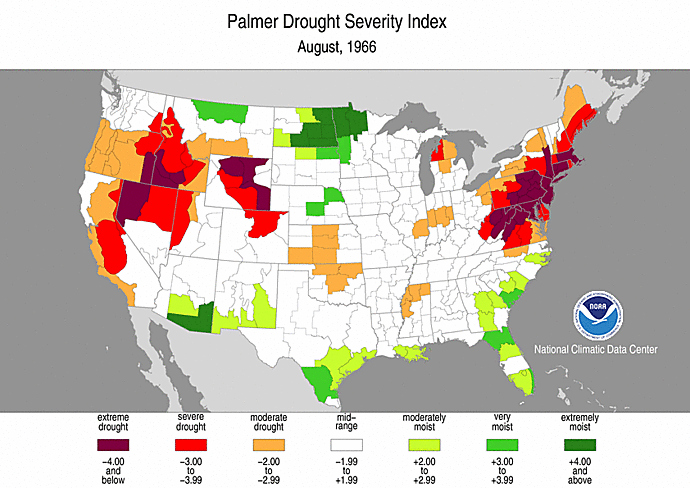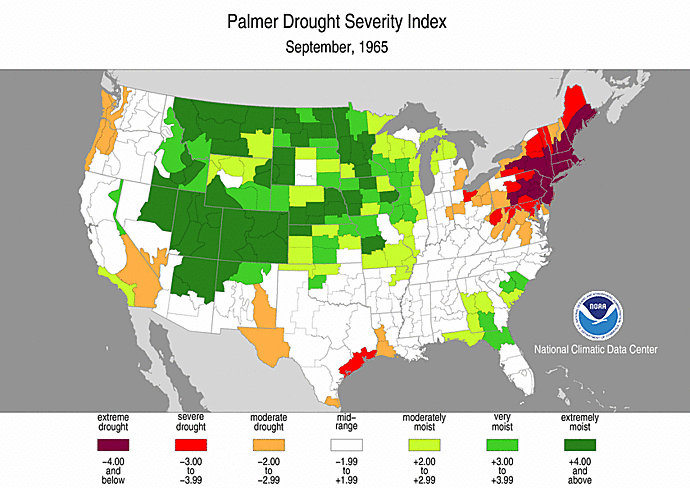-
Posts
90,988 -
Joined
-
Last visited
Content Type
Profiles
Blogs
Forums
American Weather
Media Demo
Store
Gallery
Everything posted by ORH_wxman
-
Yeah we haven’t had a lot of that since the 2013-2014 to 2014-2015 winters....been a lot more zonal patterns since then, although 2017-2018 was pretty meridional at times...esp when we got that obscene late December arctic outbreak where we spent the better part of a week below 10F...though even that one wasn’t as deeply penetrating as some of those classic ones like from, say, early Feb 96 (circa weather channel reporting Tower MN got to -60F) or even back to back Dec 2009 and 2010 when we had deeply frozen orange crops into central FL.
-
Yeah over there it was an all timer for both snow and cold...some of the folks to your west had their coldest winter on record. Even Duluth MN which had records go back to the 1860s missed their coldest on record by like 0.2F or something ridiculous...the old record being like 1873-1874 or something like that I recall.
-
Looks more like a 2013-2014 pattern with the big -EPO/+PNA and raging +NAO. Not that there’s anything wrong with that really...very good winter.
-
I was thinking this....
-
Update as we get close to the minimums.... Current NSIDC area is 2.74 million sq km and current extent is 3.94 million sq km. These should decline a bit further to the min (prob sometime in a week to 10 days historically....perhaps slightly sooner for area). Pretty happy with the predictions so far....we'll see if there are any late season surprises.
-
We pay even more than that for 2 boys (4 years old and 1 year old)....it's ridiculous how expensive a high-quality daycare is. But our kids just started going back to daycare after a 6 month hiatus, so at least we saved up money, lol.
-
AMO is pretty staunchly positive on last update...at least on CPC. Most Ninas in the late 1960s/1970s had -PDO/-AMO. 2008-2009 and 2011-2012 did too, though the AMO was barely negative those years....doubt it had much of an influence.
-
Wow, worst drought ever in SNE? It's as bad as it's ever been.
-
Not the exact same thing but it's a good proxy using the PDSI. It actually looks like the previous year September 1965 was worse
-
That would be an electrical bath for all of New England probably....lol. Though in reality, looking at that longwave ridge position out west, the whole thing would be shoved well southeast in the winter polar jet environment. That's an incredible airmass for early September in the plains though....they might get some snow into western Nebraska and not just the Rockies foothills.
-
Yeah you need a really tight gradient to get snow in W MA out of an ORH track. That’s like saying a track over scooters fanny is perfect for ORH...which we know it isn’t. But occasionally there will be one that is great that hugs the coast in MA (like Dec 1996 or even 12/9/05) that slams ORH to S NH. The tilt matters a lot. Vday 2007 had the sfc low over ACK but it jackpotted E NY and VT because the mid level centers were tilted quite a bit NW. Xmas 2005 had the sfc low over interior E MA but it jackpotted CAR to north of YUL and had mostly rain in N VT because that midlevel centers were initially flooding warm air pretty far north before tightening up over ORH to PWM...but by then it was too late to really take advantage unless you were in Canada to far N Maine. Sometimes we get storms that get a large area of New England. We always mention dec 2003 but there’s also March 2001, February 1969, or even February 1978 (although Stowe prob got screwed in that while phineas and Alex got 30”+ and even Kmart cleaned up)
-
It’s because the “drought” isn’t a big deal up here. It’s rained plenty in the pike region the last month. Doesn’t take much to wipe out a D1 scenario here. This is nothing like the 1960s droughts because those were longer term. Several very dry years in a row.
-
A low tracking over ORH is a shit track for just about all of New England outside of like N Maine. Maybe N VT does good depending on how tilted it is and in a few rare cases if the storm is really tightly wound, the Berkshires or taconics might do ok.
-
2005-2006 was pretty cruddy, though some areas of SNE did pretty well, esp in CT....NNE not so much. I wouldn't hate that winter, but not exactly routing for it. 1985-1986 was pretty crappy too for a good chunk of New England...parts of NNE...esp VT...did well that winter, but a lot of cold/rainer/cold/rainer type pattern that year. I think we'd take almost any other winter on there....maybe not 1974-1975....esp coastal SNE, though the interior did ok.
-
Yeah he isn't north of BOS...he's pretty close to me....our area got smoked in the convection 10 days ago that trained.
-
This year is pretty much at the bottom of the solar cycle too....so if we try and filter for that amongst our remaining years, you get 1974-1975 and 2017-2018 which wasn't at the bottom but both were descending pretty close to it. Other near-solar min winters were 2008-2009, 1995-1996, and 1985-1986. Again, not much similarity between any of those.
-
Weak La Nina is probably the most likely...followed by cold-neutral...Going back to 1970: 2017-2018 (weak Nina) 2016-2017 (weak Nina) 2013-2014 (cold neutral) 2008-2009 (weak Nina) 2005-2006 (weak Nina) 2000-2001 (weak Nina) 1996-1997 (cold neutral) 1995-1996 (weak Nina) 1985-1986 (cold neutral) 1983-1984 (weak Nina) 1974-1975 (weak Nina) 1971-1972 (weak Nina) It seems this year is trying to trend more toward -PDO which we have had trouble attaining in recent years after the extremely deep -PDO years from 2007-2013. Don't get me wrong, this year is not like the deep -PDO years such as 2008-2009, however, it doesn't look like the 2013-2014, 1995-1996, or 1980s type years either. Could be something in-between more like 2017-2018, 2005-2006, or 2000-2001...or 1974-1975 where we had mildly -PDOs that maybe briefly popped neutral or positive for a month or so.
-
I wouldn't totally hate it....sucked for snowpack after New Years, but at least it had several good snow events and a couple storms >12"....finished around average snowfall.
-
There was a crazy gradient there...probably 15"+ about 6-7 miles south of where you are now.
-
Nice front range snowstorm next week down the entire length of the rockies, lol. Starts in Canada/Montana and goes right down into New Mexico.
-
Tribal instincts eventually infect everything. It's gotten worse over the past couple decades with the advent of biased cable news channels and internet forums/social media where everyone can retreat to their own echo chambers. It's becoming like that in where people choose to live as well. The less contact we have with people who are not exactly like us, the more we dehumanize those other people in our minds....and that's the fastest way to rationalize atrocious behavior toward other people....you view them as an evil non-human enemy....tribalism is strong.
-
Back broken dude....above average in September is pretty meh, esp after the first week of the month...you need a special pattern to really bring the bite of summer back. I actually said I expect a lot of above average days in the first half of the month but sell the 90s except maybe for a brief day at the tarmacs. But bring it on...I don't want cold in Sept/Oct except maybe one hard freeze in early Oct to kill the yellow jackets. Otherwise, give me the 70s/80s.
-
AEEKT
-
Once you get into the interior of the tug hill, it really goes bonkers with the snowpack...assisted by some CAD there that you don’t get further west and of course there’s extra moisture too further into the tug hill from both LES and synoptic systems. I’ve seen bare ground around Hastings or Parish after a bad thaw but there’s still 3 feet OTG once near Barnes Corners.
-
My wife belongs to most of the community groups around here...and they seem mostly fine and I can get why you'd want to use them for community info. But there have been some occasional vile fights on there. The one skivt2 is part of at Killington seems especially toxic though...there's gotta be another source of community info around there so you don't have to be subjected to those morons.








